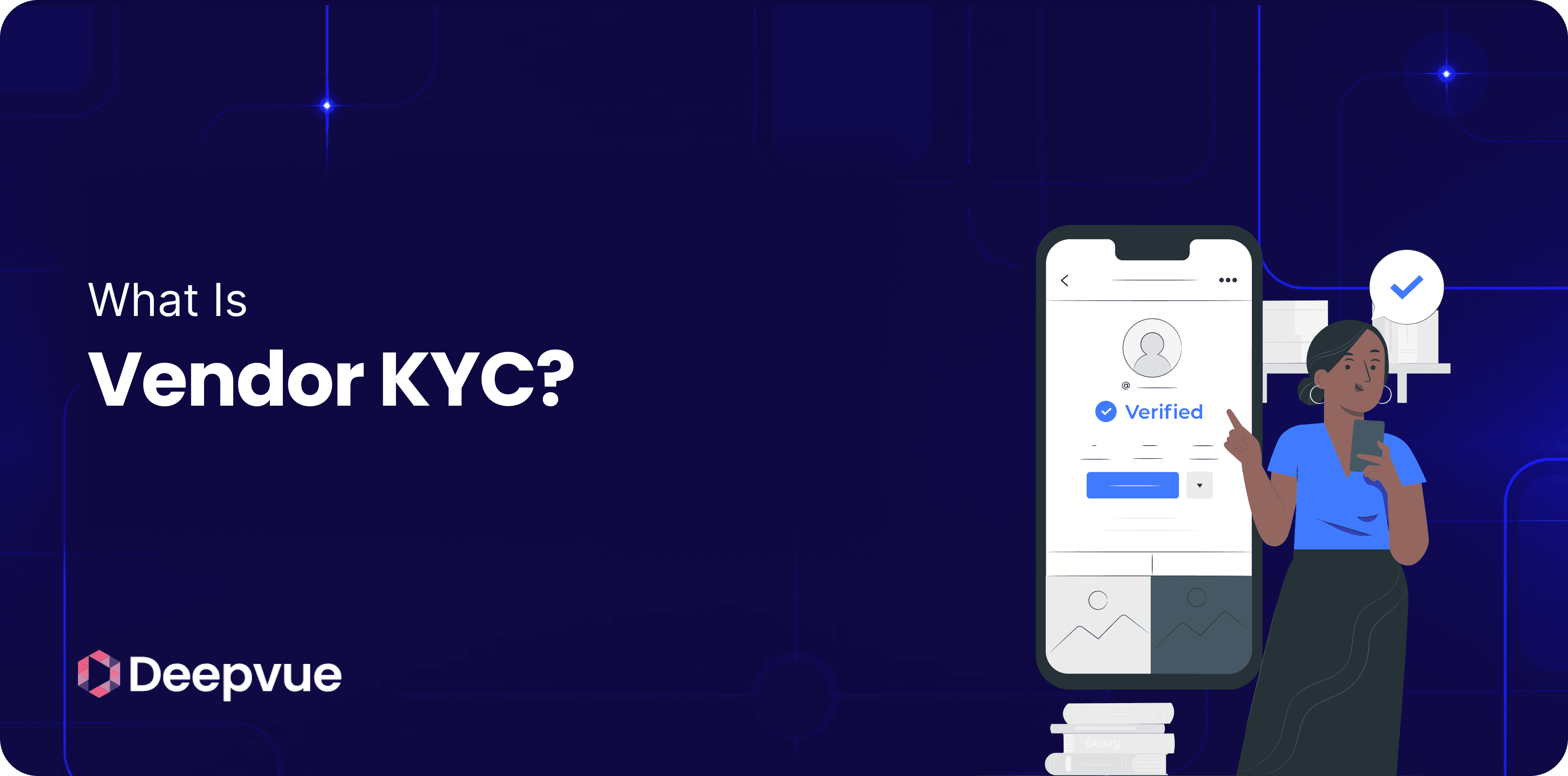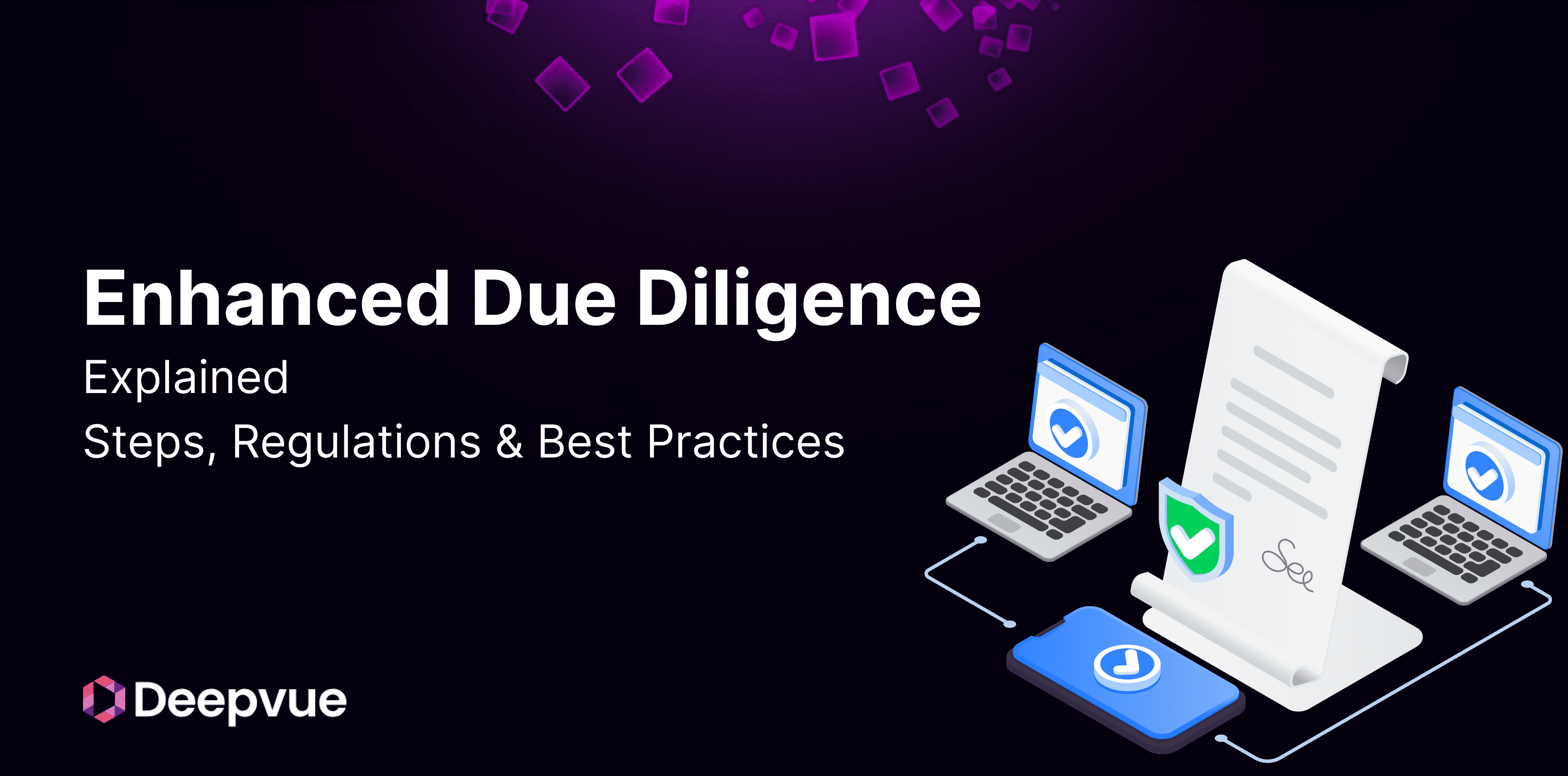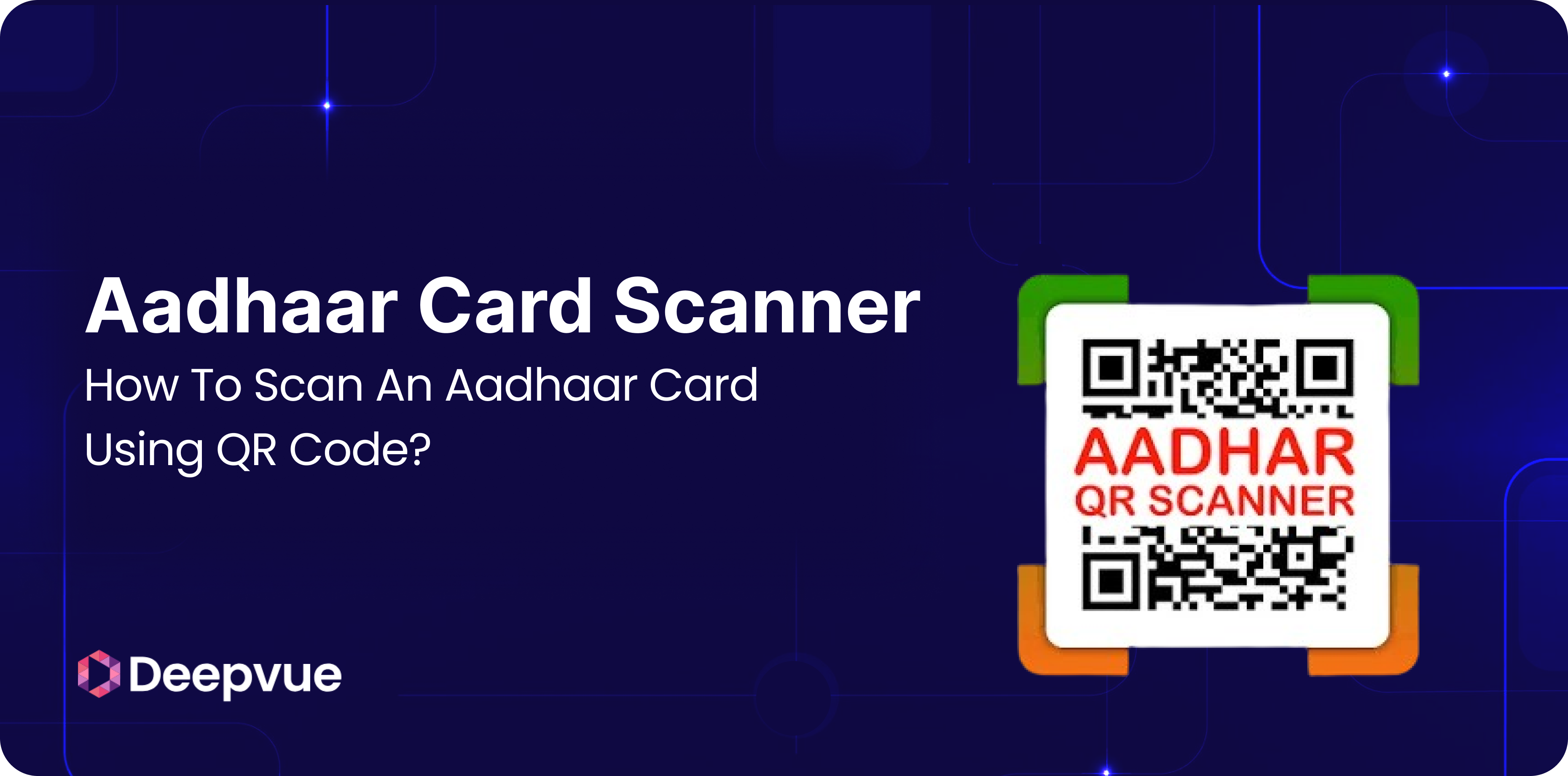Fintechs thrive on partnerships—payment processors, analytics vendors, SaaS providers, loan-origination agents, collection agencies, cloud hosts, and hundreds of niche APIs. Every one of those third parties represents an extension of your risk perimeter. Know Your Customer Vendor (sometimes called V-KYC or Third-Party Due Diligence) is the discipline of validating who those partners are, whether they meet statutory obligations, and how safely they handle sensitive data and funds. Do it well and you avert fraud, service disruption, and regulatory fines. Skip it, and the weakest vendor becomes your headline risk.
What Is Vendor KYC?
Vendor KYC is the structured process of identifying, verifying, and continuously monitoring any non-employee entity that supplies goods or services to your organisation. Unlike retail KYC—designed to stop identity theft and money laundering among individual customers—Vendor KYC looks at a legal entity’s legitimacy, ownership structure, tax compliance, and operational fitness.
Key objectives:
- Legal Existence: Confirm the vendor is in business and incorporated.
- Beneficial Ownership: Recognize the natural persons who are ultimately in charge.
- Financial Integrity: Maintain solvency, tax status, and absence of sanctions.
- Operational Capability: Make sure that the vendor is indeed capable of producing the promised service securely and at scale.
Regulatory Context
- RBI Master Directions on Outsourcing (2023 revised) necessitate “due diligence including ownership, financial soundness, and reputation of the outsourcing agency.”
- Prevention of Money Laundering Act (PMLA) extends KYC obligations to intermediaries who are involved in financial transactions.
- Digital Personal Data Protection Act 2023 mandates concurrent liability of data processors and controllers in the event of a breach.
- FATF Recommendation 17 mandates the risk management of third-party service providers by financial institutions.
Single onboarding compliance is not sufficient; regulators specifically demand continuous monitoring and audit-ready documentation.
Information Collected in Vendor KYC
- Basic Identity
- Company PAN, GSTIN, CIN/LLPIN, trade licence
- Registered address and principal place of business
- Ownership & Beneficiary
- List of directors/partners with DINs
- Ultimate Beneficial Owner (UBO) shareholding ≥ 10 %
- Banking & Financials
- Cancelled cheque or account confirmation letter
- Last 12-month bank statement or audited financials
- Credit bureau report / MSME rating (where applicable)
- Compliance & Tax
- Background & Reputation
- Litigation searches, insolvency proceedings, RBI caution list
- Adverse media, AML watch-lists, national, and UN sanctions
The Know Your Vendor Process
- Initiation
- Triggered during onboarding, contract renewal, or scope expansion.
- A secure portal or API link requests documents.
- Verification
- API checks: MCA21 for company status, PAN/GST verification services, and sanction-screening databases.
- OCR + AI validation: Extract data, flag tampering, cross-match names, dates, and seals.
- Risk Profiling
- Score vendors on geography, industry, data-access level, transaction volume, and past compliance history.
- Allocate control depth: basic, enhanced, or stringent due diligence.
- Decision & Onboarding
- Approve, reject, or escalate with remedial actions (e.g., additional surety, shorter payment cycles).
- Capture a KYC decision memo for audit.
- Ongoing Monitoring
- Automated alerts for director changes, GST cancellation, legal notices, and negative news.
- Periodic refresh cadence: high-risk (quarterly), medium (annual), low (biennial).
- Record-Keeping
- Store artefacts in an immutable repository with version control and access logs.
- Retention: minimum five years post-contract (per RBI guidance).
Common Challenges
- Document Chase-Cycle: SMEs may lack digitised paperwork or hesitate to share financials.
- Entity Complexity: Sole-proprietorships, trusts, and foreign entities have varying compliance regimes.
- Data Silos: Each of procurement, finance, risk, and legal has different vendor records.
- Change Management: Once onboarded, vendors rarely volunteer updates; silent changes create blind spots.
- Scalability: An expanding API marketplace may equate to thousands of micro-vendors; spreadsheets collapse quickly.
Vendor KYC Use Cases in Fintech
- Lending Platforms: Verify DSAs, collection agencies, and credit bureaus.
- Neo-banks: Vet KYC/KYB providers, card processors, and onboarding partners.
- BNPL & Wallets: Screen merchant aggregators to stop fake storefront fraud.
- Payment Gateways: Conduct UBO checks on acquiring banks and payout partners.
- API Marketplaces: Make sure every micro-service vendor meets both SOC 2 and GDPR.
Best Practices for a Robust Vendor KYC Framework
- Segment by Risk: Don’t over-verify low-risk office-supplies vendors; intensify scrutiny on data processors.
- Automate First Pass: Allow APIs to clear 80 % of checks; leave exceptions to analysts.
- Use a One-Time Secure Link: Lowers email leaks and version confusion.
- Define Refresh Cadence in Contracts: KYC expiry to invalidate SLAs until renewal.
- Log Every Touchpoint: Auditability is the best defense during regulatory audits.
- Educate Your Vendors: A short “how-to” helps speed document turnaround.
- Integrate with Procurement & Finance: Single source of truth eliminates redundant vendor IDs.
Conclusion
Know your vendor compliance is no longer a box to tick—it’s a guarantee for operational resilience, regulatory cleanliness, and customer confidence. Fintechs who excel at it have a competitive advantage: quicker partner onboarding, less fraud loss, and provable compliance stance when the regulator knocks.
FAQ
Is Vendor KYC mandatory for all fintech vendors?
If a vendor handles customer data, funds, or regulated activities, RBI’s outsourcing guidelines make due diligence compulsory. Even for low-risk vendors, basic KYC is good governance.
How often should Vendor KYC be refreshed?
High-risk vendors: every 6–12 months. Medium-risk: annually. Low-risk: every 24 months. Trigger an immediate review if adverse news appears.
Does Vendor KYC overlap with AML screening?
Yes. AML lists (UN, OFAC, domestic) are part of Vendor KYC to weed out sanctioned entities or politically exposed persons.
What happens if a vendor fails KYC?
Options include remediation (additional docs), conditional approval (lower limits), or outright rejection. Document the decision to satisfy auditors.




